Self Watering Concrete Planter

We can’t keep plants alive. So today we’re making a DIY concrete self-watering planter in the hopes that the plants will take care of themselves haha.
Just a heads up, our planter has some funky curves and angles so we used a 3D printer to make the mold form, which we know not everyone has access to. BUT you could take the same principle and make a form with straight edges/corners out of wood. The following steps would still apply.
This planter will be made of two parts: a water reservoir on the bottom, and a top pot for the plant (psst- top pot spelled backwards is top pot!) There’s a hole in the bottom of the top pot with a wick that goes through it and sips water from the reservoir, so your plant only takes the small amount of water it needs any any given time. This is especially awesome for plants that don’t require much water, like succulents.
The indented area in the top pot gives you space to pour a little water into the reservoir and lets you easily peek in and see if your water is low. It’s big enough that it should take a while for the plant to use up all the water, so you shouldn’t have to check on it very often! You can download our 3D file we used from a link in the video description on YouTube
There are a couple ways you can make a mold. If you make one out of wood, you’ll essentially be creating a form to contain the concrete, pouring the concrete in, letting it harden, and removing the form.
In order to get this very specific shape, we’re using 3D prints instead of wood. The difference is we aren’t pouring concrete directly into a 3D printed mold - we are pouring silicone into it, and then we’ll pour concrete into the silicone. So it’s one extra step, but it makes this weird shape possible AND the silicone mold is reusable, so we can make multiples (if we tried to remove concrete from a 3D printed form it would mess up the print).
3D prints aren’t inherently great as molds in terms of their surface roughness, so we smooth them out with a combination of automotive filler primer and lots of sanding. Definitely recommend a sanding sponge because they are flexible, and if you need something that can get into tight spaces our DIY flap sander is really easy to make. After a couple coats of primer and rounds of sanding, it should be smooth enough.
You’ll notice we have the two 3D printed models (the top pot and bottom water reservoir) and then a form that goes around each. The form is used to contain the silicone as you pour it over the 3D printed models. This leaves an empty space where the models are, so when the silicone is done, we’ll have model-shaped spaces to pour concrete into.
We glued our model down onto the base of our form, and used rubber bands and tape to hold the form around it. And tape. Lots and lots of tape.
For silicone we use two-part Smooth-On. Follow the instructions and mix equal parts together (the pink part and blue part blend together to make a purple), then pour it in. Luckily it's really forgiving, since you'll see in the video that we did not do this step right on our second go-round. Agitate the mold to get the silicone to settle and remove air bubbles. We tap it repeatedly on the sides and sometimes place it on a piece of scrap wood and pound a mallet onto the scrap wood.
We did these steps for our top piece and our bottom piece. After they dried, we removed the 3D printed parts but it took a little struggling: We discovered we had a hole in the mold and it was really stuck. For the hole, we mixed up a small batch of extra silicone and patched it. Worked like a charm! To remove it, we made a controlled zig zag cut (zig zags are easier to correctly place back together than straight cuts) but it still ended up tearing. The good news is, we still got it to work (keep reading!)
After figuring out the mold, doing the concrete was easy! If you’ve read/watched any concrete tutorials before, you may notice we’re using a sliiiightly different product from the norm: Quikrete Vinyl Concrete Patcher. We chose it because it has a fine grain (which gives you a nice surface finish and fills into more detailed shapes) and because you can buy a relatively small batch at a time.
Before you start, place some scrap wood over your work surface. This protects your table and helps you agitate the mold later. Grab a dust mask and some gloves (it’s not the end of the world if it gets on your hands BUT you don’t wanna breath in any concrete dust).
We go into more detail about getting your concrete to be the right mix in our concrete letter tutorial, but we will cover the basics here.
Add a small amount of water and a few big scoops of concrete to a mixing container or bucket. A little water goes a long way, so keep adding a little more water and few more concrete scoops until it gets to be the consistency of sandy pancake batter (delicious)! It’s easy to accidentally add too much water. To check if you have too much, agitate the mixing container, and excess water will rise to the surface. If you see water pooling a little at the top, add a little more concrete mix.
In total, you’ll need to mix for 2-3 minutes to make sure everything is incorporated. Then pour it into your silicone mold, overfilling it a little because it will settle down into the nooks and crannies. Agitating the mold by tapping on the sides of it repeatedly or banging the scrap wood it’s sitting on with a mallet. Once there are no more bubbles and it doesn’t seem to be settling any lower, you’re good to go. (though honestly, we kinda like the look of a few bubbles… it adds some interest. But you don’t want a ton or it’ll be a weaker end product.)
After the concrete dries (we give it about 24 hours), carefully peel back the silicone and you have yourself a planter! If they are still moist, keep them on a surface that can be messy, like your scrap wood from earlier. If you put these on something absorbent, they’ll leave moisture spots.
When our concrete was full dry, we smoothed it out with one last light sanding. Again, the sanding sponge and DIY flap sander were our best friends.
The next step is to make this planter self-watering. We chose poly rope to make the wick. We used a masonry bit on our drill that was just a little bigger than the rope to drill two holes through the bottom of the top part of the planter.
Before threading the rope through our holes, we applied two coats of concrete sealer. Since these planters will be containing water and dirt, we don’t want anything soaking into the concrete. We brushed on a light coat and let it dry for about an hour, then applied a second. After 72 hours dry time you can place water in it (I know, lots of dry time in this tutorial!)
Then we strung the rope through it, and burnt the ends so it wouldn’t fray. Note: we don’t know if burning the ends was a good idea or not. Some folks have said letting them fray will allow more water to be soaked up, which makes sense. But we can easily go back and cut off the ends or cut a new piece.
We put a little dirt under our rope so it had more surface contact, then we potted our plants. Black thumbs = hopefully defeated!
We put a little dirt under our rope so it had more surface contact, then we potted our plants. Black thumbs = hopefully defeated! Loving our self watering planter and have plans to make a few more with our mold. Let us know if you have any questions about this project! (PS - it's hard to judge the price of this one. Each material you by just gets used up a little per-planter. You need about $80 in materials but they can be used for multiple things after this project.)
Enjoyed the project?
Comments
Join the conversation
-
 Weiqing
on Apr 03, 2023
Weiqing
on Apr 03, 2023
There are also many DIY construction learning content here. https://www.volenews.com/
-
-



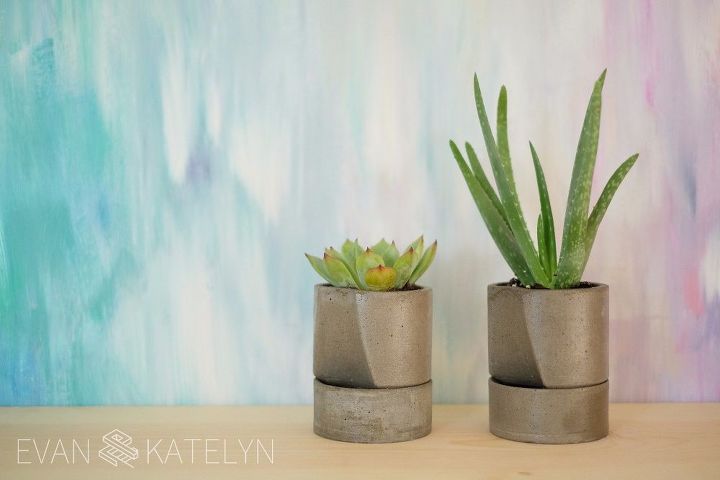




























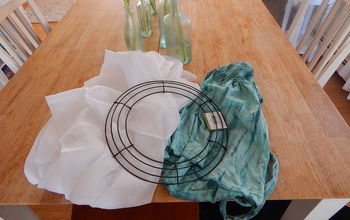
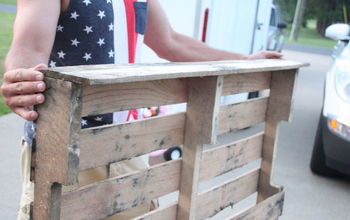



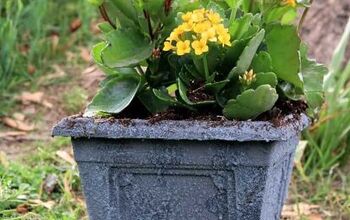
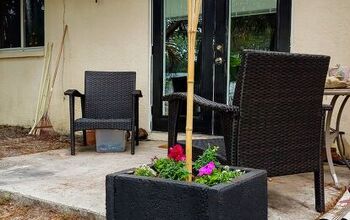
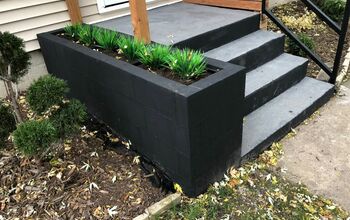
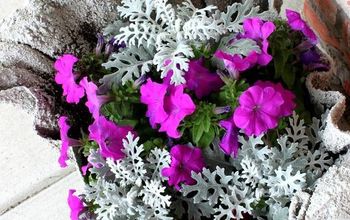
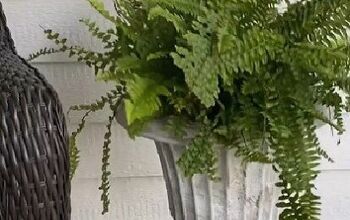
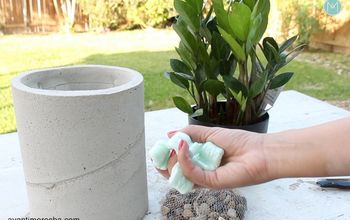
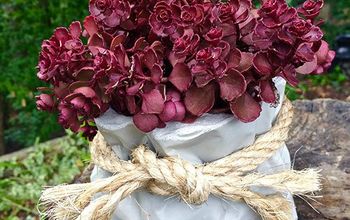
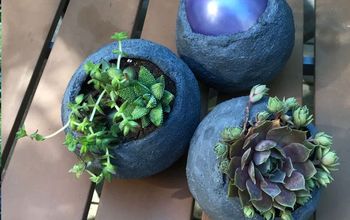
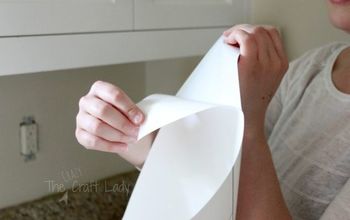
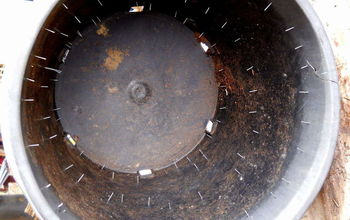
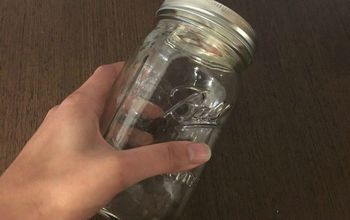
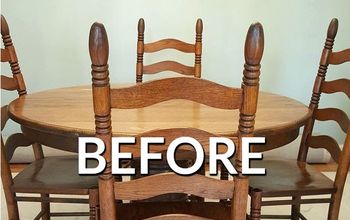
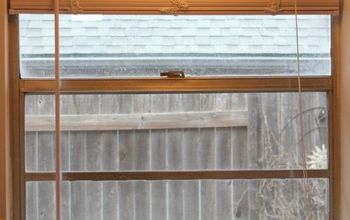

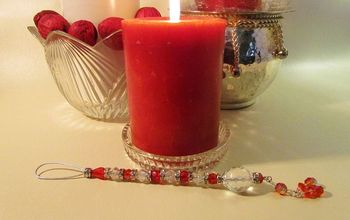
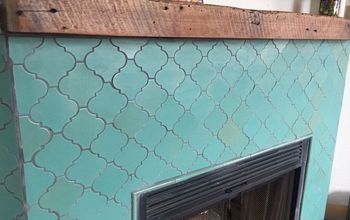
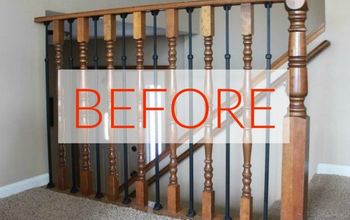
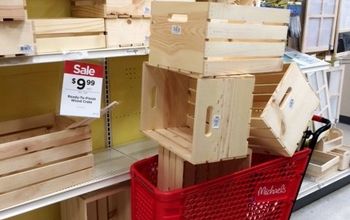
Frequently asked questions
Have a question about this project?
Isn't concrete porous? This would damage the table etc.... Love the sleek design!
Don't you have a problem with the concrete chemicals leaching into the soil?
Can I just ask you guys to make me a few and I’ll pay for you for the labor and shipping to get this amazing planter? I’m actually serious! Great invention and idea!
I’m actually serious! Great invention and idea!